Pir Panjal: Gateway to the Mystical Himalayas
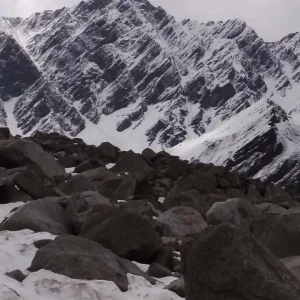
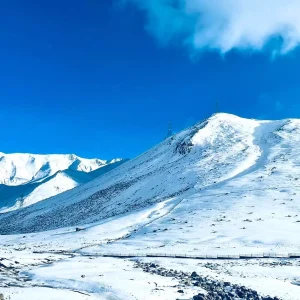
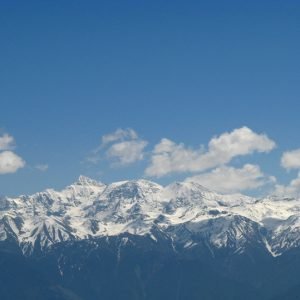


Table of Contents
Toggle1. Introduction to Pir Panjal Range
The Pir Panjal Range is the longest sub-range of the lower Himalayas, with an approximate length of 300 kilometers. This beautiful mountain range runs across the states of Jammu & Kashmir and Himachal Pradesh, even extending into Pakistan. From its lush green, thickly forested valleys to snow-clad summits, the range is indeed diverse in topography, hence ideal and fascinating for both nature lovers and adventure seekers.
The name is derived from “Pir” for a saint and “Panjal” for valley, suggesting the spiritual and geographical importance of the range. The range once witnessed ancient pilgrimage routes and saw civilizations flourish along its slopes for millennia.
2. Geographical Extent
The Pir Panjal Range forms the western boundary of the outer Himalayas and is located south of the Zaskar Range. Pir Panjal is a range running across northern India through most important regions, including:
Jammu & Kashmir: This range forms the southwestern boundary of the Kashmir Valley. The range also contains some of the highest peaks in this part of the world.
From there, Pir Panjal extends westward and influences the beautiful landscapes of Kullu, Chamba, and Lahaul-Spiti in Himachal Pradesh, continuing to form parts of Pakistan-administered Kashmir that is enriched with atrocious topography. The range contributes much hydrologically, with a number of important headwaters of major rivers like the Beas and Jhelum beginning here.
3. Historical and Cultural Significance
Pir Panjal Range is inseparable from the cultural history of the Indian subcontinent. It has been a traditional barrier and also a conduit between various civilizations. Ancient trade routes crossed the range, which connected the Indian plains to Central Asia.
Mughal Road: Mughal Road was given shape by Emperor Akbar; it cuts across the Pir Panjal Range and provided a vital link from Lahore to Srinagar during his time. Since its inception, Mughal Road has not only been a conduit through mountain peaks but also a grim reminder of the range having shaped regional geopolitics.
Religious Importance: The entire range is holy for the natives, and it also hosts various sacred shrines and temples. Many legends are credited to the valleys and peaks of Pir Panjal, adding more to its cultural richness.
4. Ecology: Flora and Fauna
Ecological diversity in Pir Panjal is immense owing to its varied altitude, climates, and topography. Thus, it hosts a wide range of flora and fauna, much of which is endemic to the region.
Flora: The lower slopes of Pir Panjal are covered with dense forests of deodar, pine, and oak. While going upwards, the landscape gradually changes into alpine meadows. Flowers like rhododendron, primulas, and many other varieties of wildflowers paint the terrain in spring and summer.
Fauna: Equally varied is the fauna, which includes the Himalayan brown bear, snow leopard, ibex, and even the musk deer-a highly endangered species-all finding shelter in these far-off mountains. Innumerable species of birds are also found here, including the Monal pheasant and the Himalayan griffon.
5. Major Peaks and Valleys
The Pir Panjal Range is constituted of a number of peaks, the majority of which are quite interesting from both geographical and mountaineering points of view. These include:
Indrasan Peak: This is a major peak in this range and rises to an elevation of about 6,221 meters. Indrasan is a thrilling challenge to the mountaineer, offering spectacularly exhilarating views.
Deo Tibba: At 6,001 meters, Deo Tibba can be reckoned as a formidable peak known among the trekker fraternity as well as climbers because its routes are relatively easily accessible.
Rupin Valley: This lies buried deep inside the Pir Panjal Range and is famous for its theatrical landscapes and tumbling waterfalls. The Rupin Valley is a centre of hushed beauty.
Pabbar Valley: Lying to the east of the range, it is carpeted with apple orchards and forms one of the favourite destinations among trekkers.
6. Climatic Conditions
Because of its vast expanse and difference in altitude, the Pir Panjal Range presents a wide variety of climatic conditions. The lower regions present a temperate climate with moderate rainfall, while the higher altitudes are marked by harsh winters, heavy snowfall, and short summers.
Winters: Most of the time, the range remains snowbound from November to April, and temperatures go well below freezing in the higher regions.
Summers: During the months of May to September, the lower valleys wear a neat cover of green and the higher reaches are still spotted with snow.
Monsoons: This mountain range obstructs the advancement of the monsoon winds toward the Trans-Himalayan areas. Areas lying beyond Pir Panjal, therefore, are comparatively arid.
7. Trekking and Tourism in the Pir Panjal Range
The Pir Panjal Range offers some of the finest trekking routes in India and thus calls for both amateur and professional trekkers. The scenic beauteous range, coupled with its rugged terrain, forms a hub for adventurers.
Mughal Road Trek: This is one such trek that follows the route used by Mughal emperors to reach Kashmir. It encompasses history and natural beauty.
Kashmir Great Lakes Trek: This indeed is one of the beautiful treks of India, passing through seven stunning alpine lakes.
Hampta Pass: A great crossover trek between Kullu Valley and LahaulSpiti, Hampta Pass is one of the favorite routes for many trekkers who wish to explore contrasting landscapes.
Rohtang Pass: Though more accessible by road these days, Rohtang Pass is one of the gateways to the higher reaches of the Pir Panjal and a favorite among motor cyclists.
Apart from trekking, Pir Panjal has opportunities for skiing, mountaineering, and camping. Among the water sports enthusiasts, it is especially famous for the ski resort at Gulmarg.
8. Hydrological Importance: Rivers and Glaciers
This range plays a significant role in the hydrology of northern India. Several important rivers take origin from this range, out of which the Beas, Ravi, and Chenab are the most well-known. Apart from supporting agriculture on the plains, these rivers supply the vital needs of the wildlife and forests of the range.
Besides, the Pir Panjal Range is home to many glaciers, another form of crucial freshwater storage. These glaciers, such as the Kolahoi Glacier, form part of an integral system for the flow of water in the Kashmir Valley.
9. Issues: Threats to the Environment and Conservation
Just like most mountainous ranges, Pir Panjal faces quite an amount of environmental threats, which include, but are not limited to:
Deforestation: Its forest cover has been dwindling due to heavy and unplanned tree felling and expanding human settlement that is causing damage to both biodiversity and ecological balance.
Climate Change: Temperatures are increasing to the extent that glaciers of Pir Panjal Range are retreating-the most disastrous impact on the water supply in the catchment area.
Wildlife Conservation: Most species are threatened because of loss of habitat and poaching, including snow leopard and musk deer. Though a preliminary effort at conservation goes on, much more strong initiative is required.
Impact of Tourism: Tourism, though bringing in lots of economic benefit, may result in littering, habitat destruction, and other issues if not regulated.
10. Conclusion
The Pir Panjal Range stands as a testator to the great Himalayas in all their beauty and richness of cultural heritage. From the towering peaks to the dense forests, this range plays an important ecological and cultural role in northern India. However, considering the changes in climate, deforestation, and unregulated tourism, conservation efforts need to be prioritized in order to preserve this magnificent region for times to come.
How to book a trip to Pir Panjal Range, India with Charzan Holidays?
For a seamless and exceptional booking experience, contact Charzan Holidays at reservations@charzan.in or call us at +917889504310.


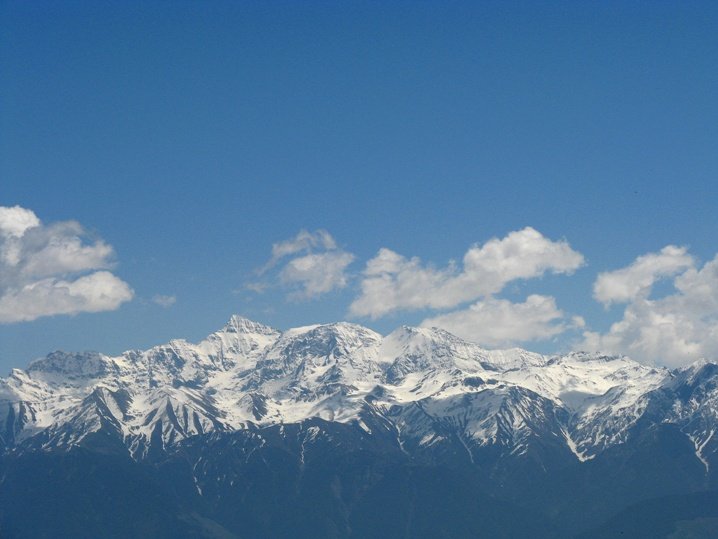
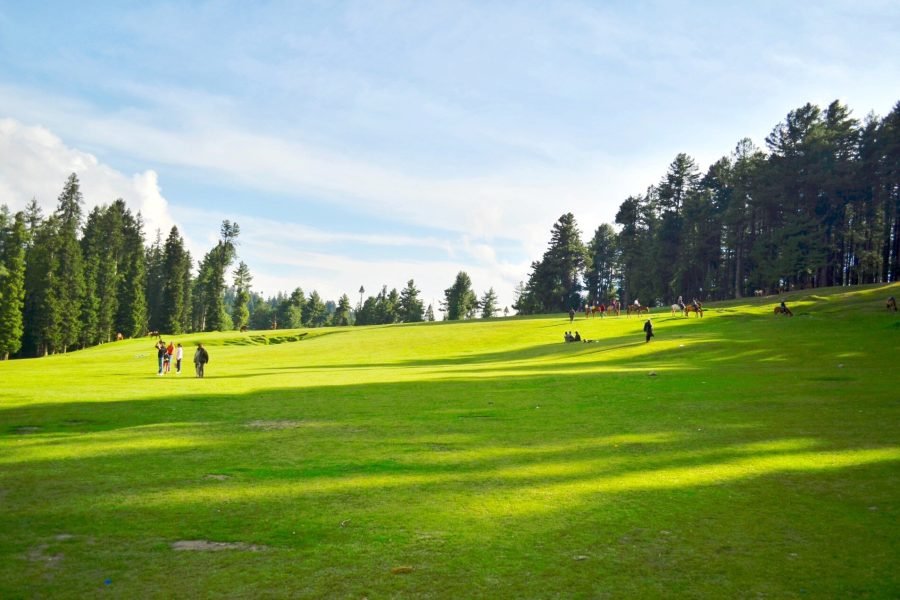
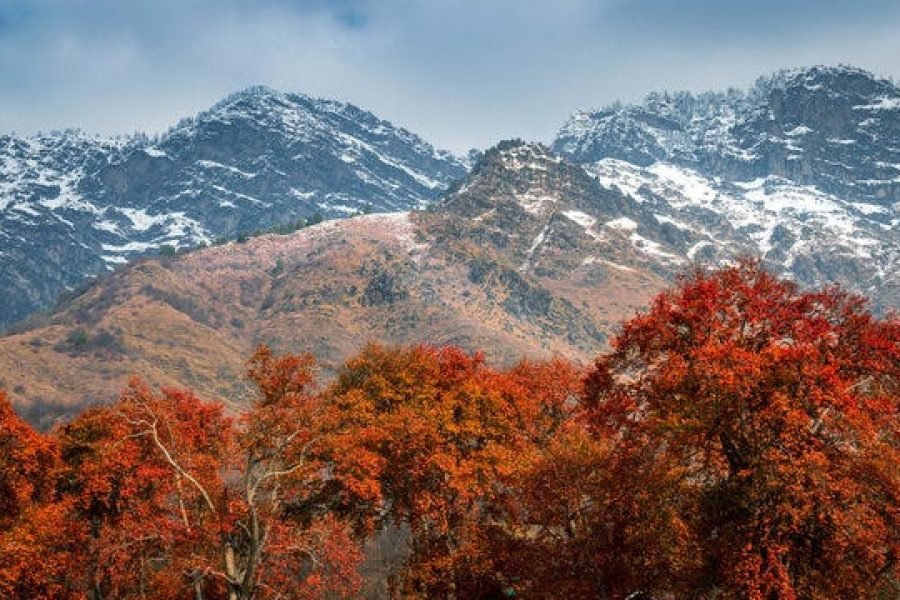

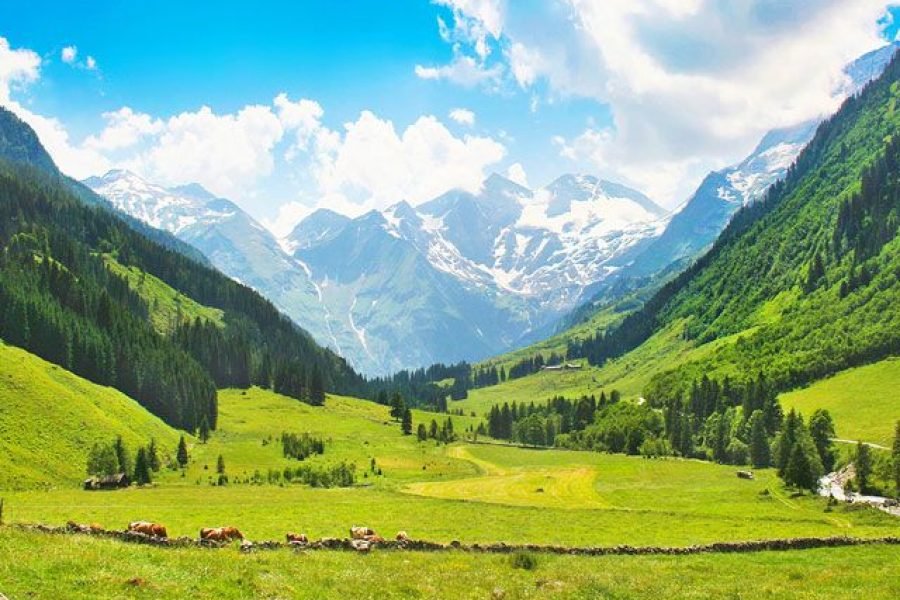
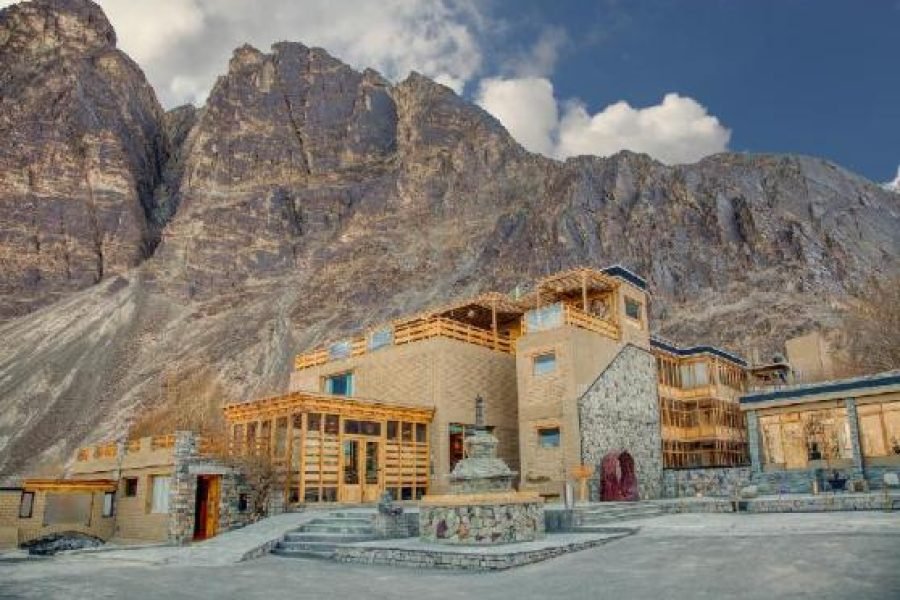

0 Comment